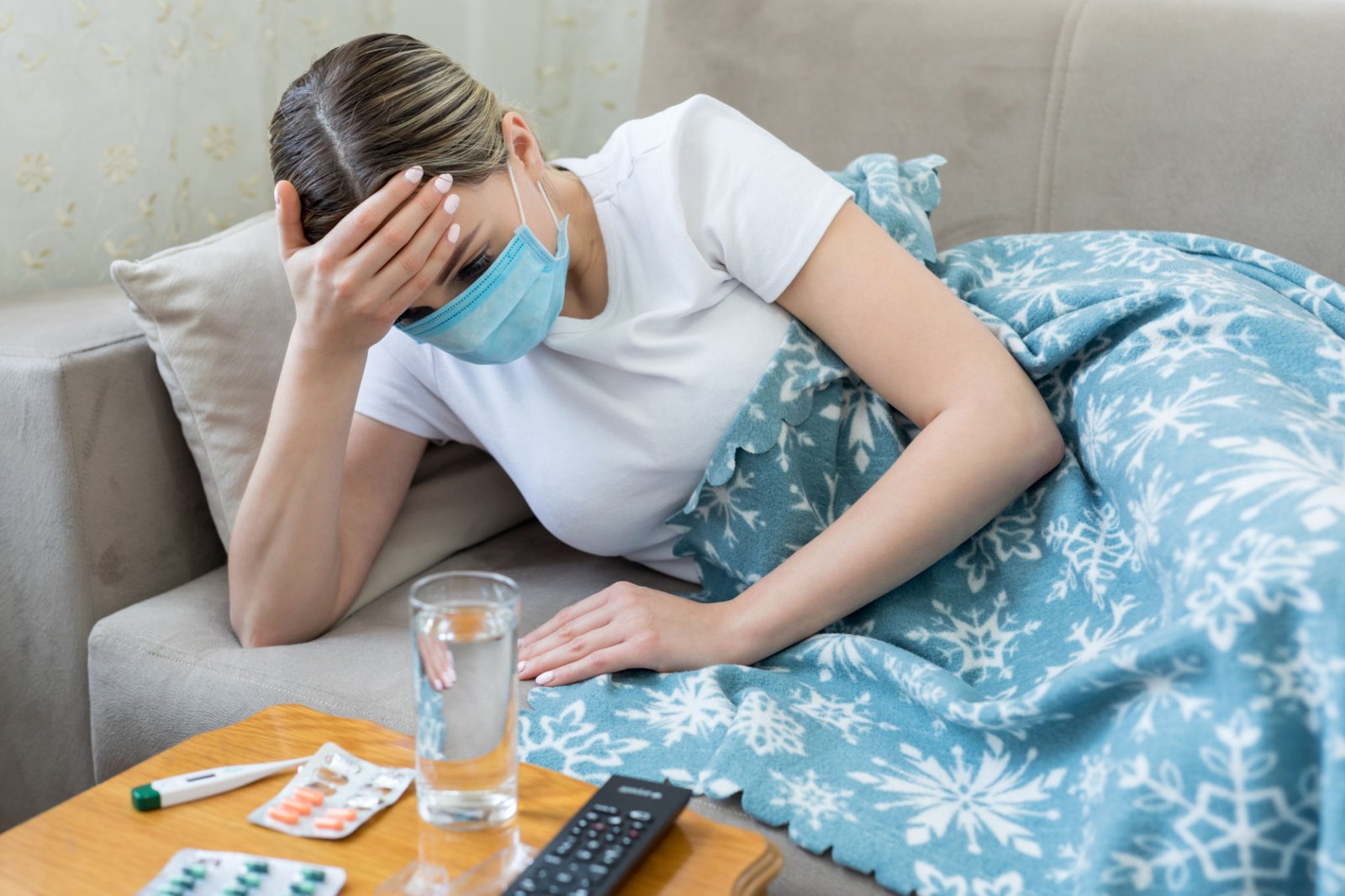The average person’s body temperature is 98.6°F (37°C). When the temperature of the body rises above 37°C, it is regarded as Fever. Fevers are frequently an indication that the body is battling a bacterial or viral infection. Any fever that is brought on by an underlying viral infection is considered a viral fever.
Humans are susceptible to a wide range of viral illnesses, including the flu and the common cold. Fever is a very common symptom of viral fever. However, some viral illnesses, including dengue fever, can raise fever levels to the point where normalizing the temperature of the body becomes a medical emergency.
What causes viral fever?
The average body temperature is a function of the balance between heat production and heat loss. The hypothalamus, a part of the brain also known as your body’s “thermostat,” regulates this homeostasis. Your body temperature swings a little bit during the day even if you’re healthy. In the morning, it may be lower, and in the late afternoon and evening, it may be higher.
Hypothalamus has the ability to increase the body temperature through a complex procedure that increases the temperature and reduces the loss of heat from the body. You may experience shivering, which is one way the body generates heat. You are assisting your body in retaining heat when you wrap up in a blanket because you are feeling cold.
Viral infection is what causes a viral fever. Viruses are incredibly tiny infectious organisms. They invade the body’s cells and proliferate there. To ward off the virus, the body’s defense mechanism raises the temperature. As many viruses are sensitive to temperature changes, a sharp rise in body temperature reduces the chances of one getting infected with the virus.
Here are the most common mechanisms of viral infection:
– Inhalation: You can inhale virus droplets if someone nearby sneezes or coughs when they have a viral illness. The flu and the common cold are two examples of viral illnesses acquired by inhalation.
– Ingestion: Viral contamination can occur in both food and beverages. You might get sick if you consume them. Norovirus and enteroviruses are two instances of viral infections acquired by eating.
– Bites: Viruses can be carried by animals and insects. If they bite you, an infection might result. Dengue fever and rabies are examples of viral illnesses brought on by bites.
– body liquids: When body fluids are exchanged with someone who has a viral infection, the disease can spread. Hepatitis B and HIV are two examples of this particular viral illness.
What are the symptoms of viral fever?
Depending on the underlying infection, the fever can raise the body temperature from 99°F to even above 103°F (39°C).
Here are some of the most common symptoms one can experience if they get infected
– Body chills
– perspiration
– Dehydration
– headache
– Aches and pains in the muscles,
– Fatigue
– Nausea
– Lack of appetite
Most of the time, these symptoms only last a few days.
Methods of treatment
Viral fevers often don’t need any special medical attention. Antibiotics are of no use against viral infection and hence, instead of fighting the viruses, the goal of treatment is often to reduce your symptoms. Typical forms of therapy include:
Reducing fever and its symptoms by taking over-the-counter painkillers such as acetaminophen or ibuprofen, resting as much as possible, and consuming enough liquids to remain hydrated and replace fluids lost via perspiration using antiviral drugs, such as Tamiflu (oseltamivir phosphate), when necessary, and lowering your body temperature by taking a lukewarm bath.
Method of prevention
– Wash your hands often, and encourage your kids to do the same, especially before eating, just after using the restroom, after being around a lot of people or ill people, right after touching animals, and while using public transportation.
– Show your kids the proper way to wash their hands: using soap on the front and back of each hand, then properly rinsing under running water.
– Use hand sanitizer in case soap and water is unavailable
– Avoid touching your lips, nose, or eyes since these are the major entry points for germs and viruses that can infect you.
– Avoid sharing utensils like water bottles and cups











